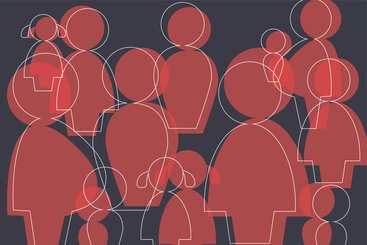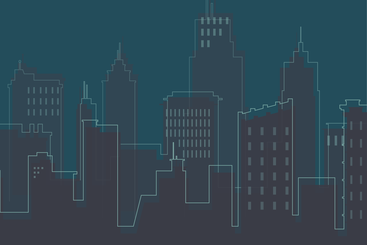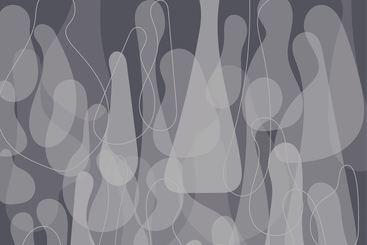The Philippines is among the countries most heavily affected by internal displacement. Most of those forced from their homes live in the southern island of Mindanao, particularly in the area now known as the Bangsamoro Autonomous Region in Muslim Mindanao (BARMM), the site of cyclical environmental disasters, intermittent high-intensity armed conflict and various waves of humanitarian response efforts over the past 50 years. While a peace agreement signed in 2012 between the national government and the Moro Islamic Liberation Front (MILF) has led to a general reduction of violence and a new regional political autonomy, threats from various Islamic State-inspired extremist groups, flooding, landslides and earthquakes, and inter-communal conflicts and blood feuds (rido or pagbanta) continue to displace tens of thousands a year. As of the end of 2021, an estimated 65,918 families (approximately 267,278 individuals) are displaced in Mindanao, of which 37% are currently located in the BARMM.
This paper draws on interviews with aid practitioners, displaced persons and government officials to explore issues of inclusion and exclusion in the humanitarian and peacebuilding sectors. It uses the case of the BARMM, a region that has protracted forced displacement despite the implementation of peace agreements and post-crisis reconstruction processes. The agreements with the MILF reflect national inclusion policy, acknowledging historical injustices done by a majority-Christian nation-state against a minoritised Muslim and non-Muslim indigenous population. However, deep-seated horizontal, inter-communal fissures and inequalities remain. This raises fundamental questions: why is it that despite all the government and donor initiatives over the last decades, certain groups are still left behind during crises and recovery, and why do they fall through the cracks?





